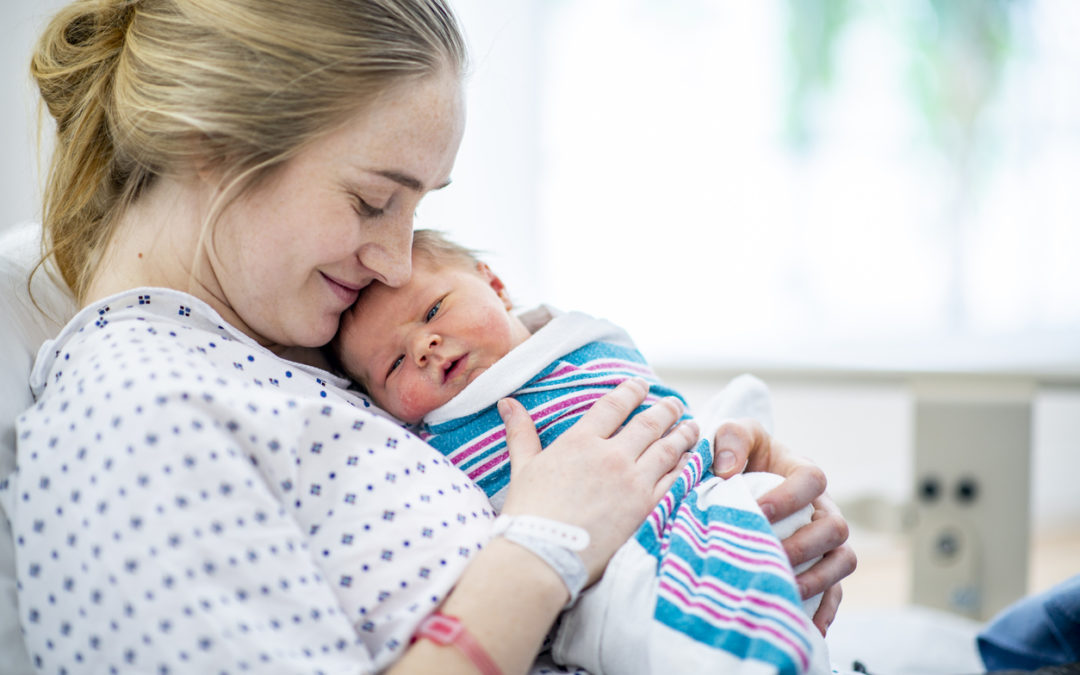The use of preimplantation genetic testing (PGT) on embryos both for monogenic disorders (PGT-M) and for aneuploidy (PGT-A) has rapidly increased over the last decade. Based on preliminary data from the 2017 SART National Summary Report, 36% of all in vitro fertilization (IVF) cycles included some form of PGT. Given this, it is important to understand how the PGT process may impact the health and well-being of the children born as a result of this technology. In the United States, most centers perform PGT via a Day 5 biopsy of 5-10 trophectoderm cells from a mass of cells called the blastocyst. These are the cells that will eventually form the placenta. This biopsy process is called a trophectoderm embryo (TE) biopsy. Fertility & Sterility, the journal affiliated with the American Society for Reproductive Medicine, recently published a series of articles detailing the latest research on how PGT with TE biopsy may affect outcomes for pregnancies conceived via this technology.
Previous research on the impact of TE biopsy is limited, both because of small sample sizes and the difficulty comparing pregnancies and neonatal outcomes conceived with the use of assisted reproductive technologies where PGT is the only unique factor. Two studies (Zhang, et al. and He, et al.) featured in a recent issue of Fertility & Sterility are some of the first to directly compare IVF with PGT pregnancies to those conceived via IVF (and in He, at al., ICSI) with no other contributing factors (ie. frozen vs fresh transfer, donor egg, etc.) Both studies also looked at singleton pregnancies separate from multiples to ensure this factor did not skew the results. In total, 1,065 pregnancies conceived via IVF with PGT were compared to 1,013 controls conceived via IVF or ICSI without PGT.
The studies generally looked at the same measures to assess neonatal outcome including preterm birth (<37 weeks), low birth weight, and incidence of birth defects. In addition, Zhang et al. looked at Apgar score at 5 minutes, neonatal intensive care unit (NICU) admission, and neonatal morbidity, or the likelihood the baby had other medical complications, whereas He, et al. also assessed the rate of c-section and macrosomia in addition to specifically looking at sex ratio.
By and large, there were no statistically significant differences in these measures between the infants born following IVF with PGT versus those conceived with IVF or ICSI alone. He, at al. noted a 2.4x higher rate of c-section in twins conceived via IVF with PGT compared to controls. The authors speculate that this may actually be reflective of general obstetric practice in China that tends to favor c-section deliveries, especially for twin pregnancies. There was a substantial sex discrepancy noted in both studies, with an apparent skewing towards male babies. This skewed ratio was present in both PGT pregnancies and those without, suggesting that it may be something about the IVF procedure itself that causes this effect. Previous studies have demonstrated similar skewing in pregnancies with biopsy at the blastocyst stage.
Considerations for the Future
The technology behind PGT is still relatively new, but increasingly, data is being released on how the process may impact the resulting pregnancy and influence the development of the child. It is encouraging that initial studies like these seem to suggest that there may be a minimal negative effect in the neonatal period. The addition of large, longitudinal studies that follow individuals conceived via IVF with PGT through childhood could provide a better indication of any long-term effects that may not be obvious at birth.

Jessica Greenwood is an independent consultant to Sharing Health Genes. As a licensed genetic counselor and digital health consultant, she works with health-related organizations looking to deliver memorable messages of health in the digital space. Mrs. Greenwood started her career in a clinical role, working for eight years as a preconception and prenatal genetic counselor before transitioning to industry. Mrs. Greenwood completed a year-long certificate program in Digital Health Communication at Tufts University that spearheaded her work in digital health. She now consults with health-related organizations, assisting with the creation and execution of a digital strategy including the development of health literate patient-centered educational materials. Mrs. Greenwood earned a Bachelor of Science degree from North Carolina State University with a minor in Genetics and a Master of Science in Genetic Counseling from the University of North Carolina at Greensboro.
